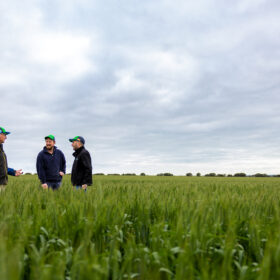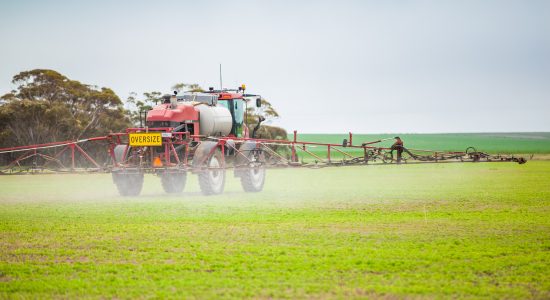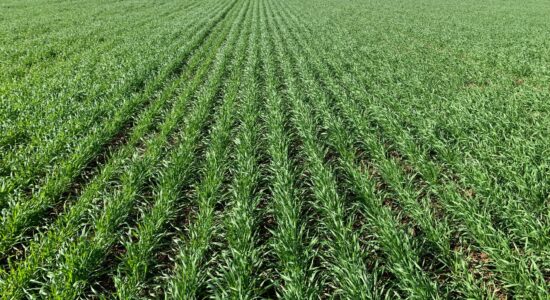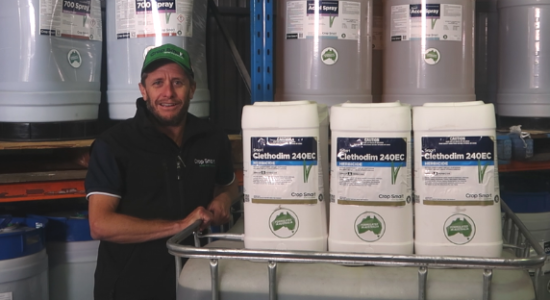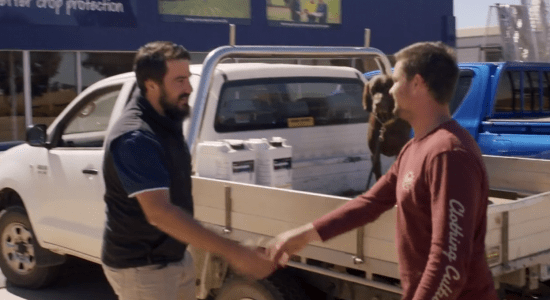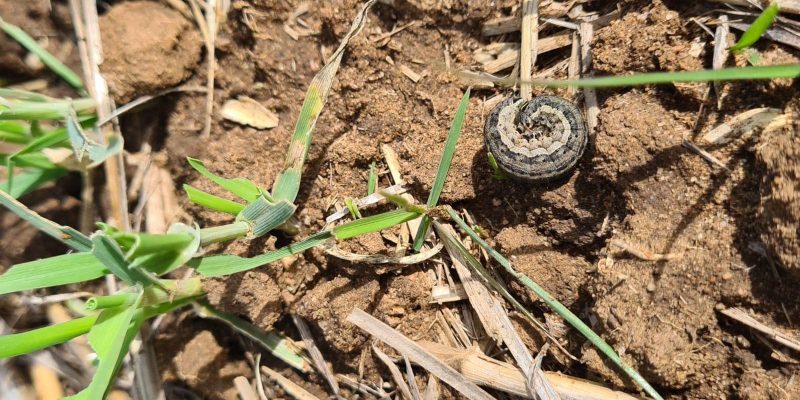
Agronomy Update September 2023
As we get ready to begin harvest in the coming weeks we’re seeing rodent and insect activity increasing. This month we’ve got the latest advice from our resident agronomist on how best to manage any issues you might see on your farm.
Mice
Agronomists and growers are reporting the build up of mouse numbers in some regions. The Eyre Peninsula of South Australia and the Wimmera Mallee region of Victoria are areas where farmers are experiencing increasing numbers. Reports from the CSIRO/GRDC mouse Monitor Project are also reporting increasing numbers.
Reports are quite variable so growers should be prepared to inspect their own paddocks thoroughly. A drive-by will not uncover the true story unfortunately. The hidden damage can often occur by mice chewing the nodes of cereal crops. This may not be obvious until crops are out in full head and then you can see missing heads or dead heads through the crop. In canola and legume crops, the mice will target the seed pods. Look deep inside the plant to inspect the lower pods for damage. Damage or loss is not obvious when driving or walking past the crop.
Start inspecting the crops that had incidence of mice damage in Autumn. These can often be paddocks that experienced grain losses before or at harvest.
Quite often we find that cold wet winters will drive mouse numbers down. The winter rainfall in a lot of areas was lower than average so the decline in mouse numbers may not have been as great as we experienced during the past two to three seasons.
If you find mouse numbers and damage you need to consider baiting. You must remain vigilant and be sure to bait before the seed has developed in the cereal crop heads. This will then become the preferred food source for mice and they may not take the bait. There is a 14 day harvest and grazing withholding period.
Insects
Native Budworm are present in pulses right now. Monitor crops to check for thresholds and damage.
Agronomists and growers sweeping crops have noticed a number of different “grubs” in the crops. Some of these are pests and some of them are just interested onlookers. Pasture loopers, Diamondback moth larvae and Armyworm.
Spray decisions depend on the grub present and the economic threshold.
You must remain vigilant with Native Budworm. Monitor crops following the first spray. It is common that you will have to apply a second insecticide to control all populations, early and late.
Reach out to your local Crop Smart team if we can help you with any mice or insect control. We wish you all the best for a successful harvest ahead.

